Dining room chair cushions—those unassuming sentinels of comfort and style—often go unnoticed until the moment you realize they’re no longer as pristine as they once were. They absorb the daily wear and tear, collecting dust, spills, and stains that gradually diminish their appeal. Yet, with a bit of care and attention, you can restore their vibrancy, extending their lifespan while keeping your dining space inviting and fresh. This guide takes you step-by-step through the process of clean dining room chair cushions, ensuring they remain as immaculate as the day they first graced your home.
Step 1. Understanding the Fabric Type:

Different fabrics require specific cleaning methods to avoid damage and maintain their quality. Here’s how to identify and care for common fabric types to effectively clean fabric dining chairs at home:
- Cotton: Soft and breathable, cotton is durable but can shrink if washed improperly. Use a gentle detergent and cold water, and air dry to maintain shape.
- Linen: This natural fiber is prone to wrinkles and shrinking. Spot clean with a mild detergent, and avoid excessive moisture to prevent warping.
- Polyester: Polyester is stain-resistant and durable, making it easy to clean. Use mild detergent and warm water for spot cleaning.
- Microfiber: Known for its softness and resistance to stains, microfiber can be cleaned with a damp cloth and a mild soap solution.
Knowing your fabric type isn’t just about effective cleaning; it’s about preserving the integrity and longevity of your cushions.
Missteps here could cost you more than just aesthetics; they could compromise the very comfort your cushions are meant to provide.
Step 2. Pre-Cleaning Preparations:
Before you begin the cleaning process, a few preparatory steps can make all the difference. These might seem trivial, but they set the foundation for a thorough and efficient cleaning session.
Gathering Essential Cleaning Supplies
Gathering the right cleaning supplies is essential for effective and safe results. Here’s a list of items you’ll need:
- Vacuum Cleaner
- Soft Brush
- Mild Detergent
- White Vinegar
- Baking Soda
- Microfiber Cloths
- Spray Bottle
Removing Loose Dirt and Debris
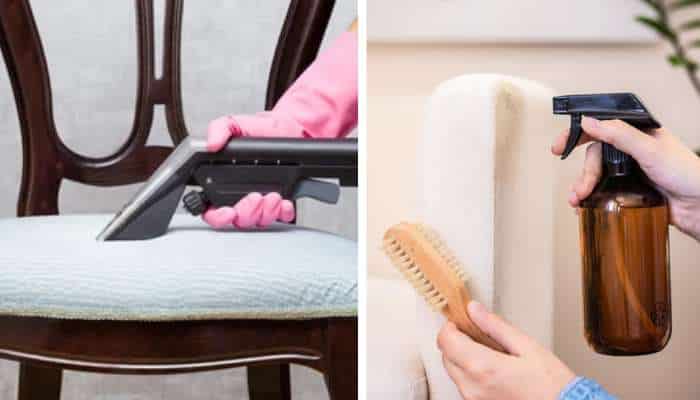
Start by vacuuming the cushions to remove loose dirt and debris. This step is crucial as it prevents dirt from being further embedded into the fabric during the cleaning process.
Use the upholstery attachment on your vacuum, or a soft brush for more intricate designs, to gently dislodge particles, ensuring your cushions are ready for the deeper cleaning to come.
Spot Testing for Colorfastness
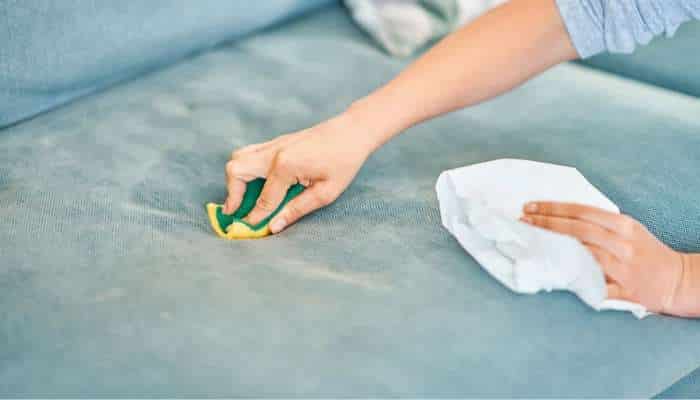
Before applying any cleaning solution, always perform a spot test on an inconspicuous area. This simple test can save your cushions from potential damage.
Apply a small amount of cleaner to a hidden spot, then blot with a white cloth. If any color transfers, or the fabric reacts negatively, you’ll know to seek a gentler cleaning method, thus avoiding a disaster.
Step 3. Dealing with Stains:
Stains—whether from a spilled glass of wine or a greasy fingerprint—are inevitable. Knowing how to tackle them effectively can save your cushions from permanent discoloration.
How to Tackle Common Cushion Stains
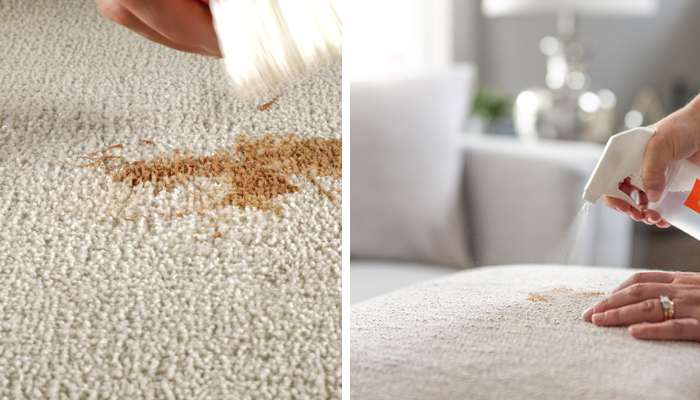
Immediate action is key when dealing with stains. Blot, don’t rub, to prevent pushing the stain deeper into the fabric. For most stains, a solution of mild detergent and water is effective.
Apply it to the stain, let it sit, then blot with a damp cloth. The right approach, combined with prompt attention, can restore your cushions to their original state, free from unsightly marks.
Removing Food and Beverage Stains from Cushions

Food and drink stains are common but manageable. A mixture of dish soap and warm water works well for most, but for tougher stains like wine or coffee, adding white vinegar can be more effective.
The acid in vinegar helps break down these stubborn stains, making them easier to remove without damaging the fabric.
Treating Oil and Grease Spots on Cushions
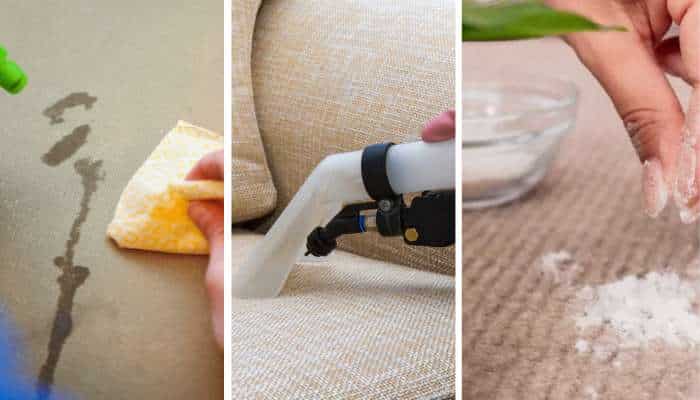
Oil and grease require a different approach. Sprinkle baking soda or cornstarch on the stain to absorb the oil, let it sit, then vacuum it up.
Follow up with a small amount of dish soap, gently massaging it into the fabric, and blot with a damp cloth. Patience here is key—rushing the process can spread the stain rather than remove it.
Handling Difficult Stains: Ink, Dye, and Blood
After dealing with difficult stains like ink, dye, and blood on dining room chair cushions, it’s important to act quickly and use the right techniques. Here’s how to handle these tough stains:
- Ink Stains: Dab a small amount of rubbing alcohol onto a cotton swab and gently blot the stain. Avoid rubbing, as this can spread the ink.
- Dye Stains: Use a fabric stain remover specifically designed for dyes. Apply it directly to the stain, let it sit, then blot with a clean cloth.
- Blood Stains: Always use cold water, as hot water can set the stain. Blot with a cloth soaked in cold water and mild detergent. Repeat as needed until the stain lifts.
Step 4. Cleaning Solutions:
The choice of cleaning solution can make or break your cleaning efforts. The wrong cleaner might cause more harm than good, so it’s crucial to select wisely.
Choosing the Right Cleaning Solution for Your Cushions

When choosing a cleaning solution, consider both the fabric and the nature of the stain. Mild detergents are generally safe, but delicate fabrics may require specialized cleaners.
Synthetic materials, on the other hand, often respond well to all-purpose upholstery cleaners. Always follow the instructions on the cleaner’s label to avoid any mishaps.
DIY vs. Store-Bought Cleaners: What’s Best?
Choosing between DIY and store-bought cleaners depends on your needs and preferences. Here’s a quick comparison:
- DIY Cleaners: These are cost-effective and often made from household ingredients like vinegar and baking soda. They are gentle on fabrics and environmentally friendly.
- Store-Bought Cleaners: These are specially formulated for tough stains and specific fabrics. They offer convenience and reliability, especially for stubborn stains.
- Cost: DIY cleaners are cheaper and can be easily made at home, while store-bought options may be more expensive but save time.
- Effectiveness: Store-bought cleaners generally provide stronger cleaning power, but DIY solutions are effective for light stains and regular maintenance.
Note: Choose DIY cleaners for routine upkeep and go for store-bought options when dealing with tougher stains or delicate fabrics. This balanced approach ensures your cushions stay clean and well-cared for.
How to Make a Homemade Cushion Cleaner
Creating a homemade cushion cleaner is a simple and cost-effective way to keep your dining room chair cushions clean. Here’s an easy recipe:
- Ingredients: You’ll need white vinegar, water, and mild dish soap. These common household items are safe for most fabrics.
- Mixing Solution: Combine equal parts of white vinegar and water in a spray bottle. Add a few drops of mild dish soap and shake gently to mix.
- Application: Lightly spray the solution onto the stained area. Use a soft cloth or sponge to gently blot the stain. Avoid scrubbing, as this can damage the fabric.
- Drying: After cleaning, allow the cushion to air dry completely. For faster drying, you can place the cushion in a well-ventilated area or use a fan.
This homemade cleaner is effective for everyday stains and helps keep your dining room chair cushions fresh and clean without harsh chemicals.
Step 5. Cleaning Methods:
With your cleaning solution ready, it’s time to choose the best method for cleaning your cushions, depending on the fabric and the level of soiling.
How to Hand Wash Dining Room Chair Cushions
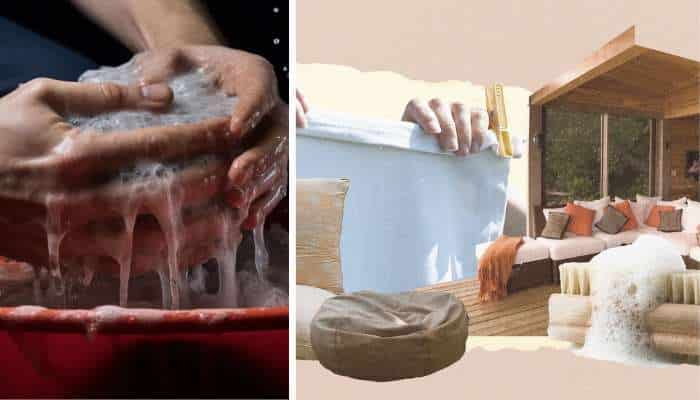
Hand washing is ideal for delicate fabrics. Fill a basin with lukewarm water and add a small amount of mild detergent. Gently scrub the cushion surface with a soft brush, taking care to rinse thoroughly to avoid soap residue, which can attract dirt if left behind.
Machine Washing Tips: What You Need to Know
Machine washing dining room chair cushions can be a convenient option if the covers are removable and washable. Here are some essential tips:
- Always start by reading the care label to ensure the fabric is machine washable and follow any specific instructions.
- Set your washing machine to a gentle or delicate cycle with cold water to prevent shrinking or damage.
- Choose a mild detergent that’s safe for fabrics. Avoid bleach or harsh chemicals that can cause fading.
- Place cushion covers in a mesh laundry bag to protect them from tangling or snagging during the wash.
- After washing, reshape the covers and allow them to air dry completely. Avoid using a dryer, as high heat can shrink or damage the fabric.
Dry Cleaning: When and How to Use It
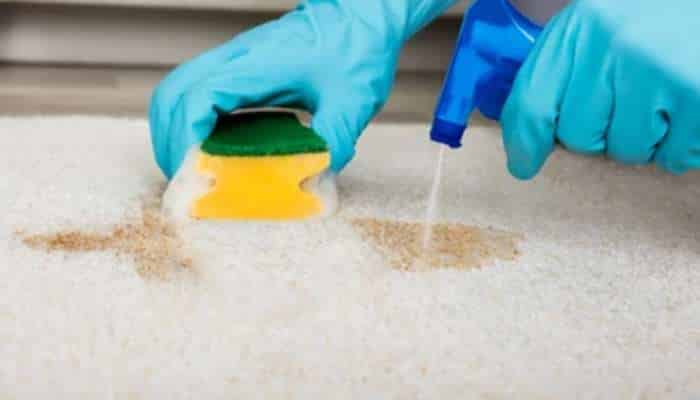
For fabrics that can’t handle moisture, such as silk or wool blends, dry cleaning is the safest option. It uses solvents instead of water, protecting the fabric while still providing a thorough clean. If your cushions need dry cleaning, it’s best to consult a professional to ensure they’re handled correctly.
Step 6. Drying and Maintenance:
Drying and maintaining your cushions properly is crucial to avoid issues like mildew or loss of shape.
Properly Drying Cushions to Prevent Mildew
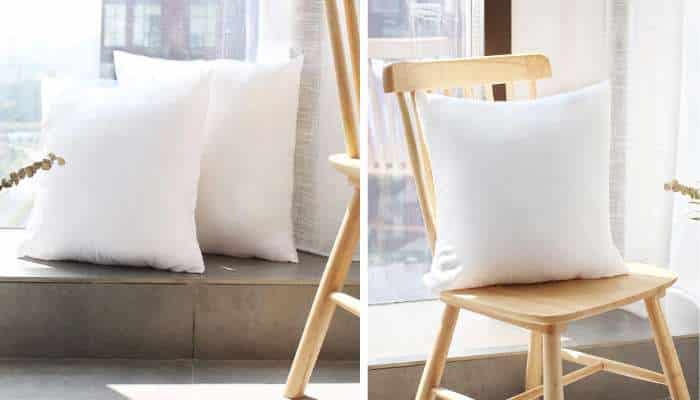
After cleaning, ensure your cushions dry completely to prevent mildew. Air drying is best, but you can speed up the process with a fan or a low-heat setting on a hairdryer. Avoid direct sunlight, as it can cause fading. Regularly flip the cushions during drying to ensure even moisture evaporation.
How to Fluff and Restore Cushion Shape
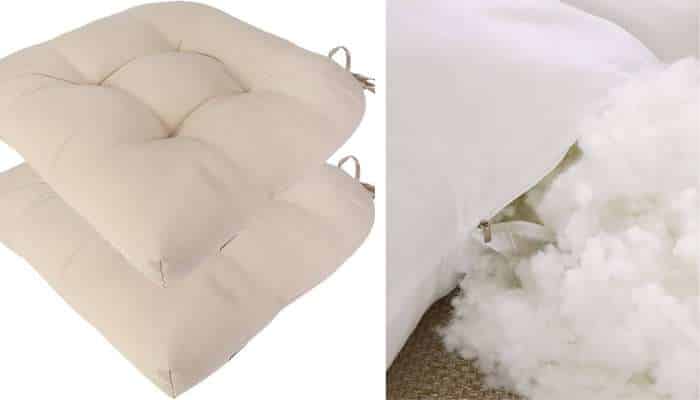
To restore the cushion’s shape, gently pull and massage the filling back into place after cleaning. If they’ve become too flat, consider adding extra filling or replacing the inserts. Keeping your cushions properly fluffed not only improves comfort but also extends their life.
Protecting Cushions from Future Stains
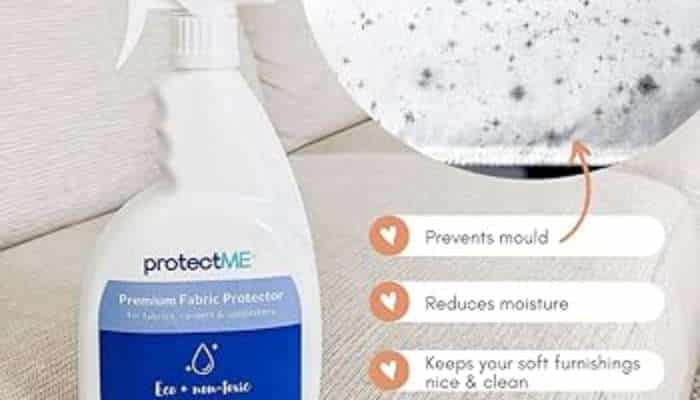
Applying a fabric protector post-cleaning can help prevent future stains. Products like Scotchgard create a barrier on the fabric, making it easier to clean up spills before they become stains.
Maintaining Clean Cushions Over Time
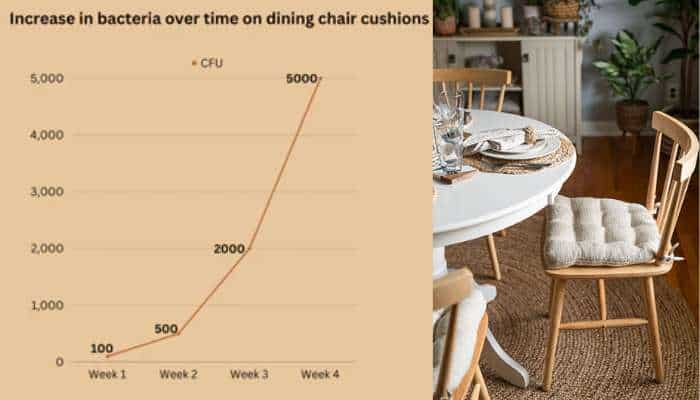
Consistency is key. Vacuum your cushions weekly, spot clean spills immediately, and schedule thorough cleanings every few months. This routine will help keep your cushions looking fresh and extend their life, keeping your dining area inviting.

Conclusion:
Keeping your clean dining room chair cushions easy now is not the best way to beautify the look of your eating place but additionally extends the life of your furniture. By expertise in the fabric type, the use of the right cleaning factors, and following proper cleaning techniques—whether spot cleansing, device washing, or the use of home made answers—you may hold your cushions in pristine circumstances. Taking the time to take care of your cushions will maintain their consolation and appearance, making your eating area a welcoming area to your circle of relatives and site visitors alike.
FAQs:
How can I prevent my cushions from staining in the future?
To prevent your clean dining room chair cushions from staining in the future, apply a fabric protector like Scotchgard. This creates a barrier that repels liquids and stains, making spills easier to clean. Regular vacuuming and prompt spot cleaning also help maintain their appearance, ensuring your cushions stay fresh and stain-free.
How to clean fabric chair cushions?
To clean fabric chair cushions, start by vacuuming to remove dust. Spot clean stains with a mild detergent and water solution, gently blotting with a cloth. For deeper cleaning, use a steam cleaner or hand wash the cushion covers, ensuring they’re fully dry before use to prevent mildew.
Can you wash dining chair cushions?
Yes, you can wash dining chair cushions if the covers are removable and machine washable. Check the care label first. For non-removable cushions, spot clean with a mild detergent and water solution, then air dry thoroughly to prevent mold. Always ensure the fabric is suitable for washing to avoid damage.





